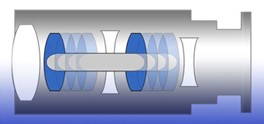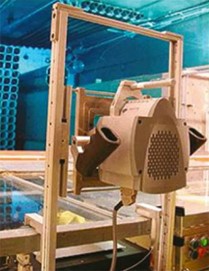IHS estimates that the Chinese medium voltage (MV) drives market grew 5% to $820 million in 2013 but contracted significantly in 2014. The rapid deterioration in market conditions for the Chinese MV drives market in 2014 occurred due to the dependence of the MV drives market on demand from a subset of its customers (state owned enterprises or SOEs) as elaborated upon in the report "China MV Drives Topline Report - 2015". The MV drives market in China is unlike any other major market as it is part of what is still mainly a central-command economy, once this is understood both China's MV drives market history and its future become clearer.
Not all is grim, however. As in any market correction, there are winners and losers and this is even the case in a Chinese industry as beaten down as metals (where the outlook overall remains grim). While steel capacity is razed in many instances, other larger facilities are being opened. Smaller and inefficient capacity is then consolidated into facilities that require higher power rated motors and drives. This trend is happening in many industries with overcapacity such as metals, cement, shipbuilding and mining.
IHS's Economic and Country Risk has quantified the opportunity that many state owned enterprises still have (below) and the correction in industries with overcapacity has triggered the need to improve efficiency in operations. Over the next three years, China's MV drive market behavior may resemble Western Europe's or the US in that market forces will play a greater role resulting in demand for more market driven projects such as in oil and gas and chemicals, while metals, cement, shipbuilding and mining will continue to languish in overcapacity (especially for MV drives in the 1 - 5 MW power rating range).
IHS predicts that the water and wastewater MV drive applications represent a unique opportunity over the next five years in that it is in response to a very politically important topic for an increasingly rare resource. In addition, the need to move water from rivers in Southern China to the north, is the closest thing to low hanging fruit (it's both politically expedient and necessary as a step for further Chinese development). Increased urbanization is predicted to increase demand for water and wastewater services. Large MV drives (up to 18 MW) are used at the intake pumps to the rivers and along with moving large volumes of wastewater. China's high-growth phase is ending and the importance of capturing the emerging retrofit market will play a key role in maintaining share in China.























































